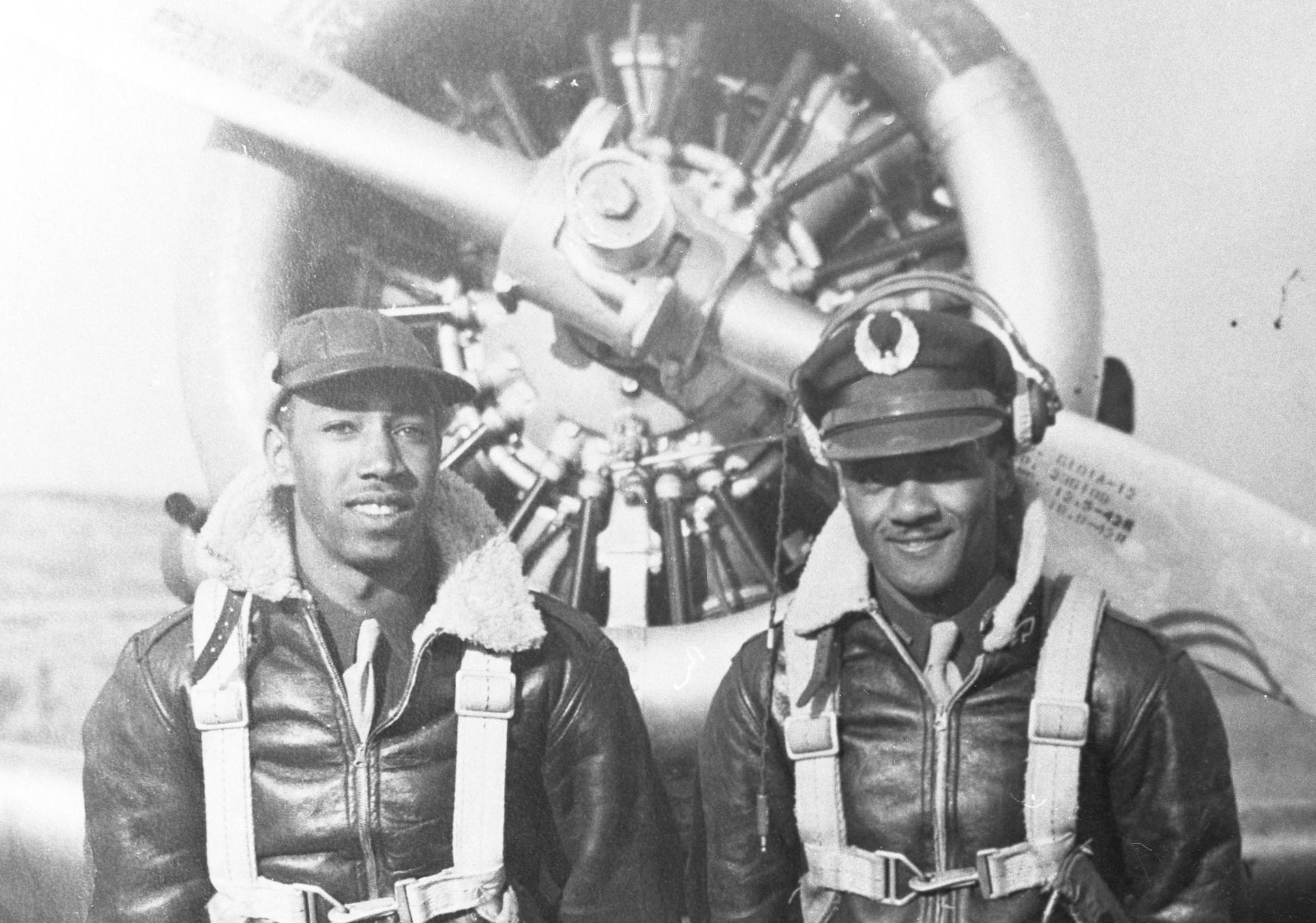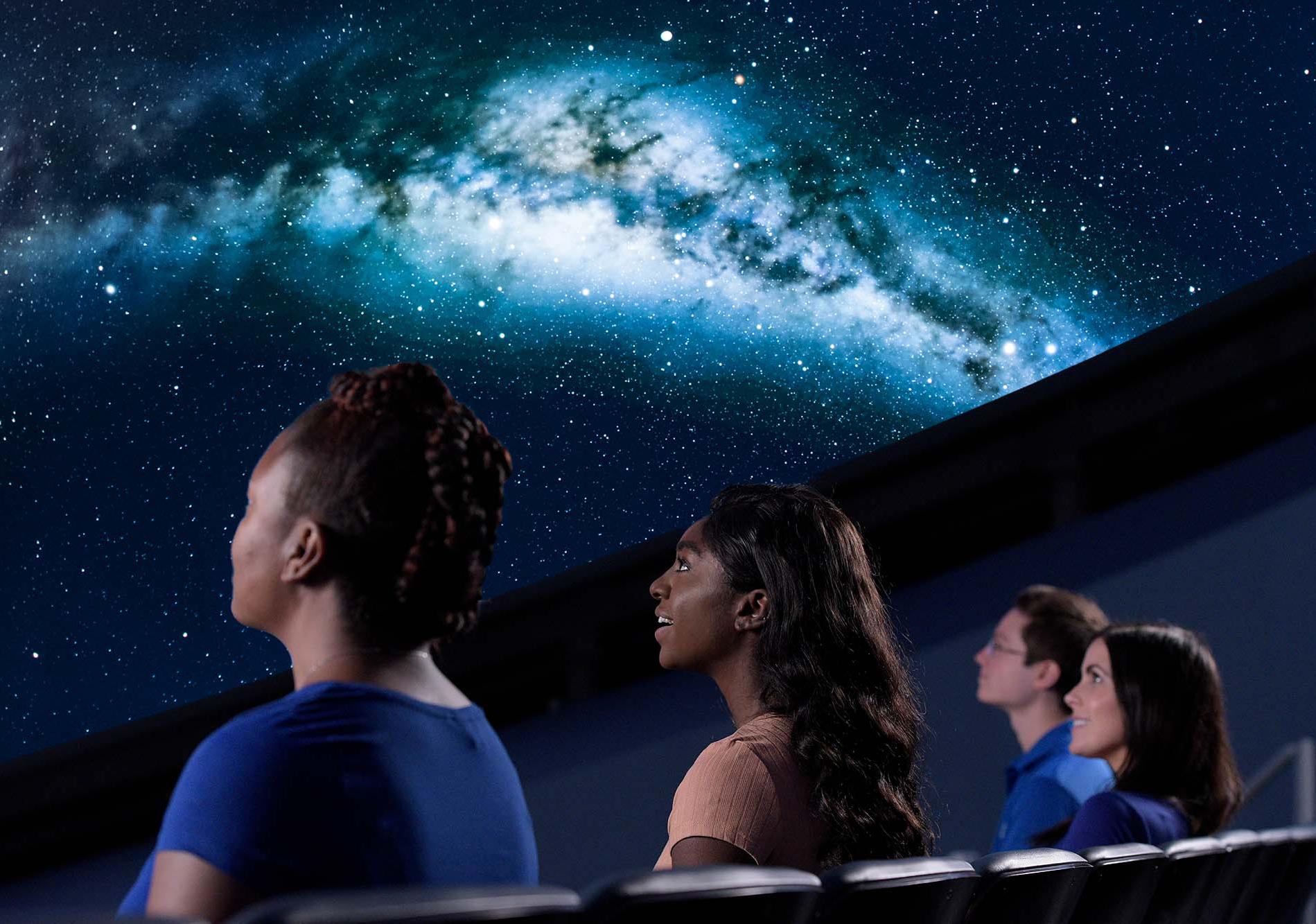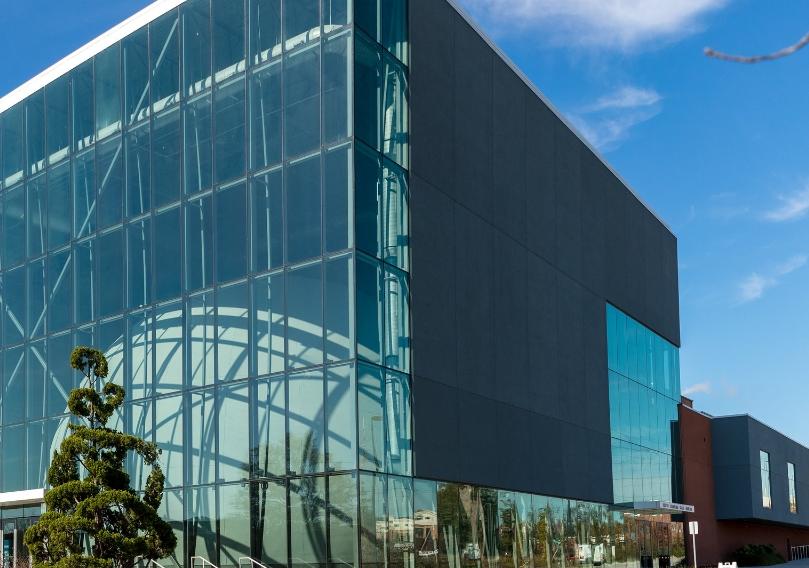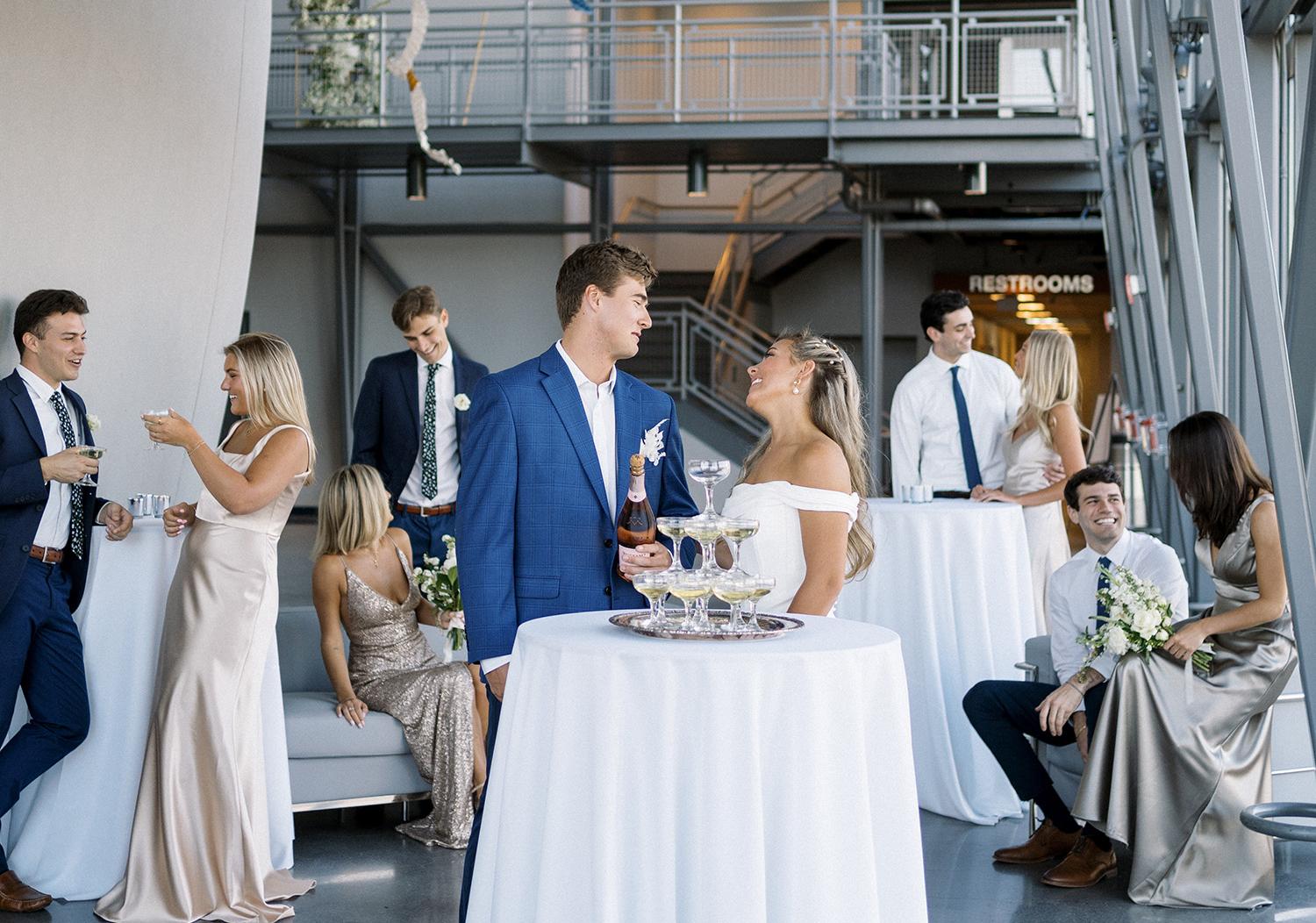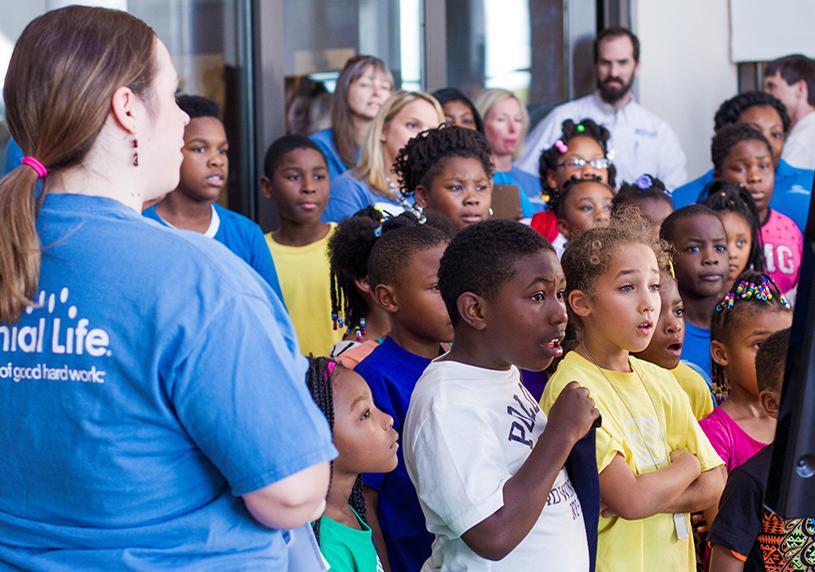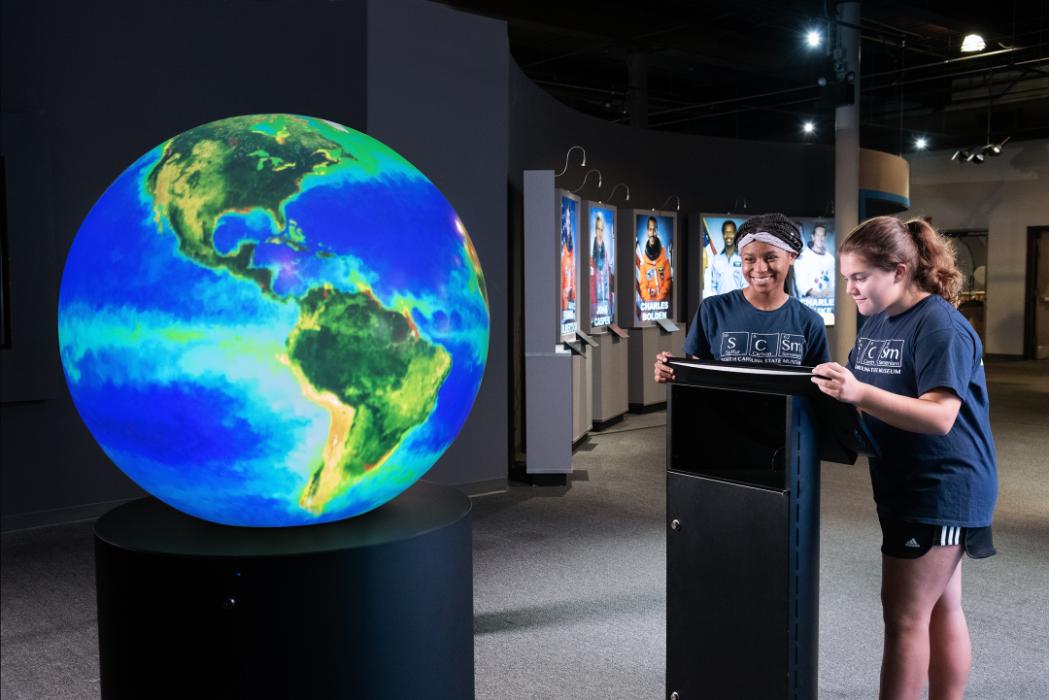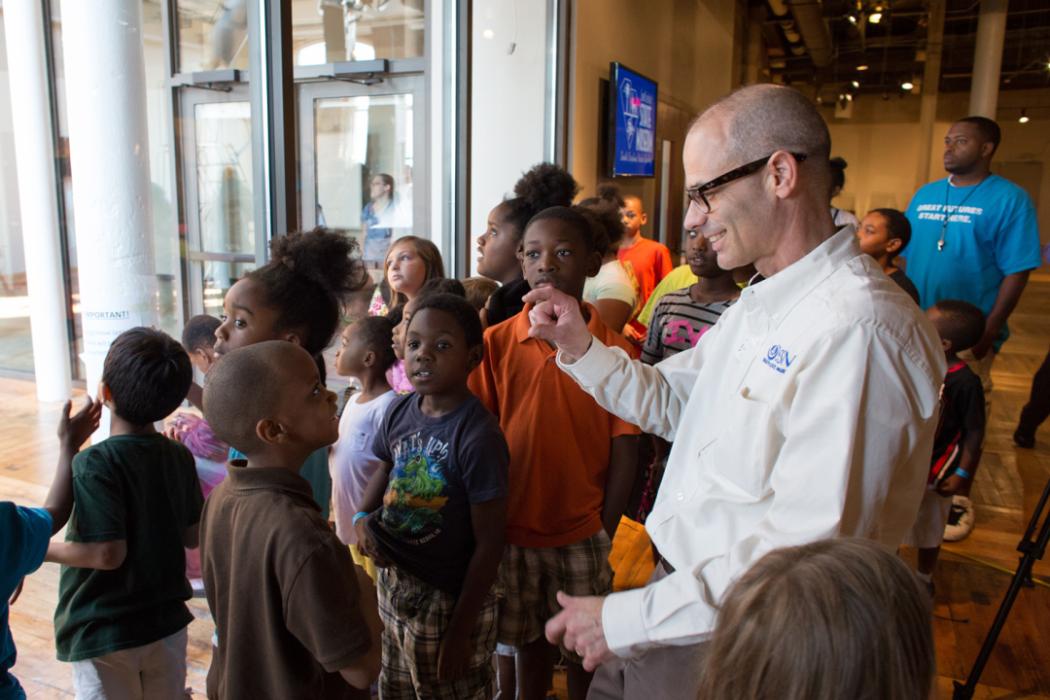
Cecil Williams
I started in photography at the age of nine years old, and by 12 I had photographed my first wedding and at 13 had began a journey really photographing what is called the American Civil Rights Movement era. Yes, it was one of the most enjoyable period of my life to be asked by the State Museum to have my pictures exhibited here. So for a young photographer, like I think I was at that time, it was quite exhilarating. And I'm very grateful to have my pictures being requested by a state agency. One of the photographs I have on exhibit here at the State Museum is a photograph of the Kress five and dime store in Orangeburg, South Carolina, which in 1960 was segregated. And I photographed, in fact, an attempt by the management to keep anyone from sitting down at that time. In 1960, of course, I was a senior at Claflin University, which is my alma mater, and it was very commonplace for us to engage in sit-ins and other civil rights activities all during this period. Not only did I photograph that lunch counter many times, but I also participated in a sit-in where I myself sat down on a lunch counter. And of course, I was refused to be served by the management, but it was a commonplace thing for us at the time. We were trying to carve out some of the things that we could do in America at the time. There were so many things during this period of segregation that we could not do. You can't go to a restaurant and sit down, or you can't go on a bus or a plane without being in a segregated area. You can't sit at a lunch counter and get a cup of coffee because of the color of your skin. I hope we never go back to that era where that kind of exclusion is made to people just because of the color of their skin. It was a terrible time in America for us as United States citizens to have to bear that cross. We frequently on our special holidays and Easter and Christmas and Thanksgiving had family and friends to come by and visit us at our home in Orangeburg. The photograph I have in the State Museum of I think it's a mother holding a child and sort of showing off their baby was taken at my house, but I remember it just as it was yesterday. It was not a posed picture, it was one that kind of spontaneously happened. I had my camera around my neck and I clicked a few shots of it and that was one of my favorites that is exhibited in the State Museum here in Columbia. I also love that picture because I like the composition in it. I'm a minimalist and I like to try and always get only in my photographs the storytelling qualities that of course attribute to that photograph and leave other things out. It was a great pleasure of mine, to photograph the great Batik artist, Leo Twiggs. He and his family had been a lifetime friend of mine. And so when I had a chance to photograph him in his surroundings, it was really a love and something that is one of those unforgettable moments that's in your memory, something that you again can reflect on and remember what an enjoyable time it was to photograph this great American artist. And I am so proud that the State Museum again continues to exist and flourish.
